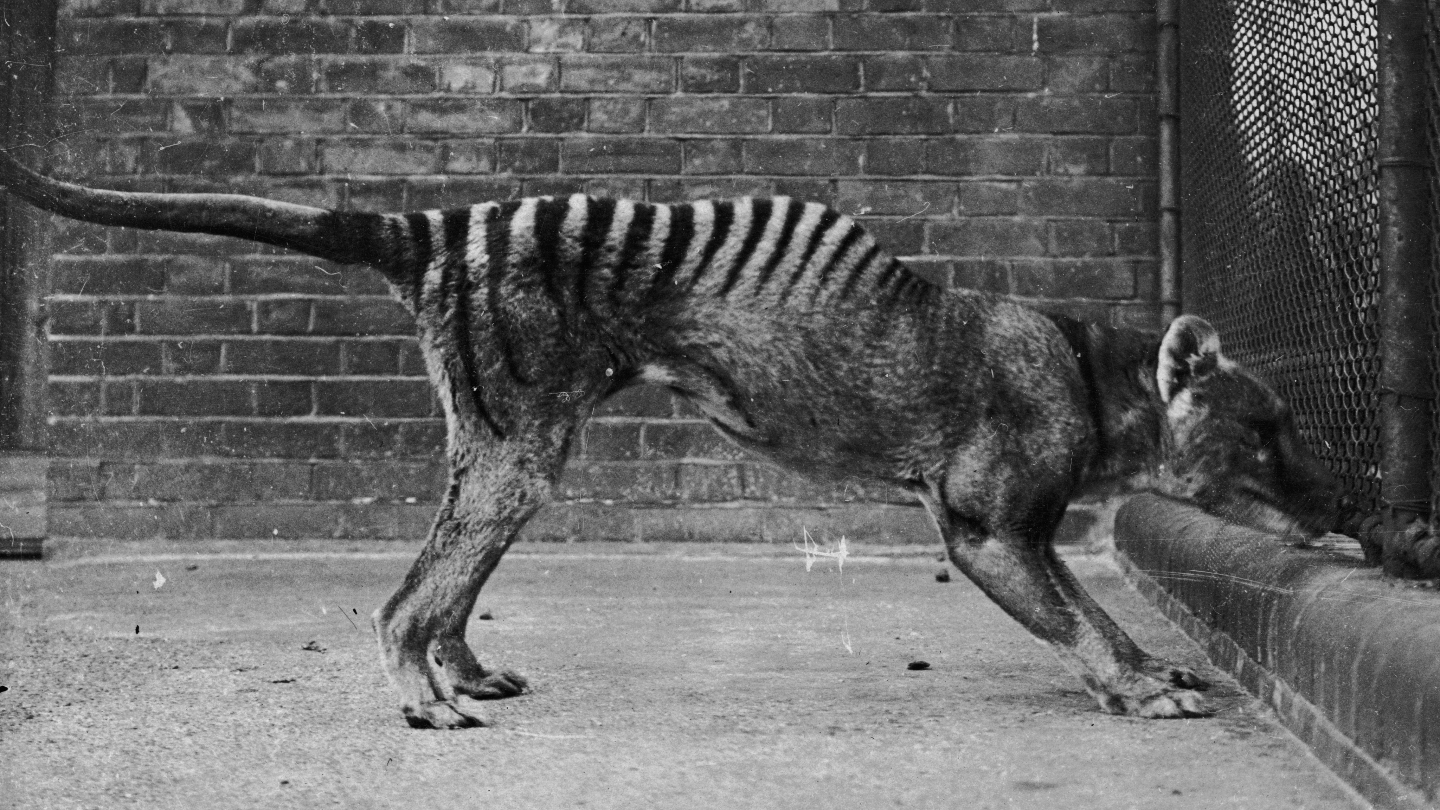This post was originally published on this site
Science experienced many first-of-a-kind feats this year. These are the groundbreaking achievements that grabbed our attention.
Cosmic web shake-up
Glowing threads of gas, galaxies and dark matter provided the first tangible evidence that shock waves permeate the cosmic web, the large-scale structure of the universe (SN: 3/25/23, p. 14). Simulations had predicted that colliding threads generate shock waves, which catapult charged particles into the web’s magnetic fields and create a faint glow. That aura appeared in data from radio telescopes, confirming the shock waves exist. The glow also provides the first (if indirect) peek at the cosmic web’s magnetic fields.
Hats off
After more than 50 years of searching, mathematicians finally found an einstein tile (ein Stein is German for “one stone”). The shape, dubbed “the hat,” fits with its mirror image to create an infinite pattern that never repeats (SN: 4/22/23, p. 7). Soon after, researchers discovered a “vampire” einstein, a shape that doesn’t require its mirror image to create an infinite nonrepeating pattern (SN: 7/1/23, p. 9). Einstein tiles and their unique balance between order and disorder could spur new discoveries in materials science.

Fleeting debut
The first appearance of oxygen-28, a superheavy form of the element that physicists created in a particle accelerator, was much briefer than researchers had expected (SN: 10/7/23 & 10/21/23, p. 4). The isotope decayed almost immediately after forming, despite its atomic nucleus having full outer shells of protons and neutrons — a property that is typically linked with extra stability. Oxygen-28’s instability hints that something may be wrong with our understanding of the strong nuclear force, which binds protons and neutrons.

RNA retrieval
Scientists isolated and decoded RNA from an extinct creature for the first time. The fragile molecules, which help ensure that cells follow their DNA instruction manuals, were extracted from a preserved Tasmanian tiger held in a museum (SN: 11/4/23, p. 10). Researchers hope that the feat will aid efforts to bring back the wolflike marsupial, which is named after its homeland and died out in 1936.

Surviving a deep freeze
Adult corals can be safely flash-frozen and revived, researchers demonstrated, raising hopes that cryopreservation could be useful in coral conservation (SN: 9/23/23, p. 11). The key to preventing ice crystals from forming and damaging tissues is to bathe corals in a rigid metal container filled with a dehydrating solution before plunging them in liquid nitrogen. Whatever water remains in the tissues solidifies so quickly that it cannot crystallize and expand.

Neutrino cartography
A new map of the Milky Way is the first made without using light. Instead, cosmic cartographers used data from a detector in Antarctica and AI to chart nearly massless particles called neutrinos onto the galaxy’s plane. The resulting image (third image below; optical and gamma-ray versions shown for comparison) offered a rough idea of where the first known high-energy neutrinos to originate in the Milky Way were born (SN: 8/12/23, p. 13). With some refinement, the approach could pinpoint their birthplace and those of other amped-up ghostly particles.

Every letter counts
This year marked the completion of the pangenome, an effort to catalog every single letter, or building block, in humankind’s genetic instruction manual (SN: 6/3/23, p. 6). The undertaking involved compiling and comparing nearly all the DNA of 47 people to get the most comprehensive snapshot yet of human genetic diversity. A few months later, researchers added the final piece: the Y chromosome (SN: 10/7/23 & 10/21/23, p. 7). The pangenome could shed light on the molecular foundations of fertility, heart disease, Alzheimer’s disease and more.

may shed light on its role in fertility and the risk of developing cancer and Alzheimer’s disease.NATHAN DEVERY/ISTOCK/GETTY IMAGES PLUS
Star eats planet
Astronomers have long suspected that stars swallow up planets, but no one had ever caught a star in the act until this year (SN: 6/3/23, p. 8). About 10,000 light-years from Earth, the sunlike star engulfed an orbiting planet that was about 10 times as massive as Jupiter. Over several days, the star grew noticeably brighter and burped a bunch of gas, suggesting it engulfed a companion star. But the relatively small amount of energy released tipped off researchers that the star had actually eaten a planet.

